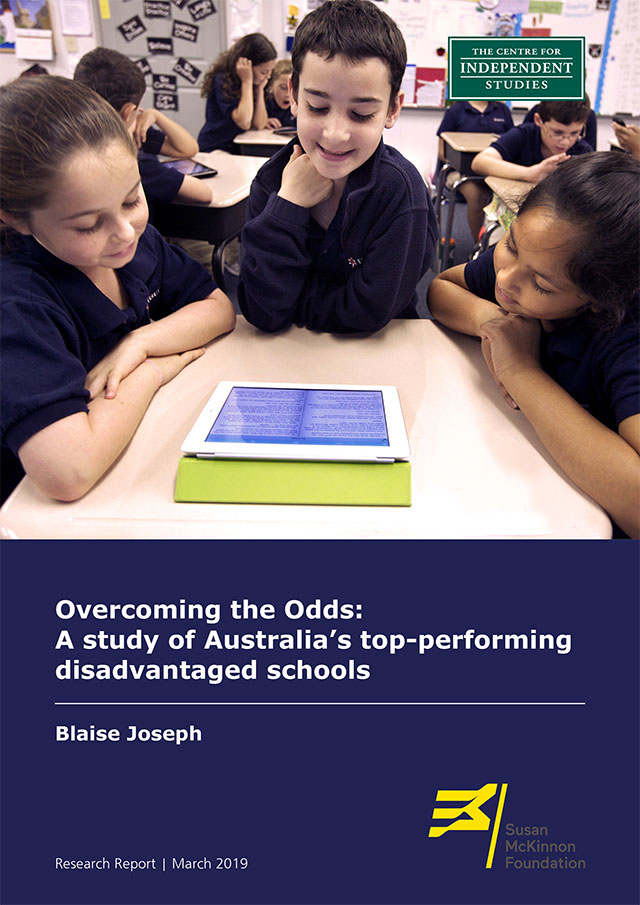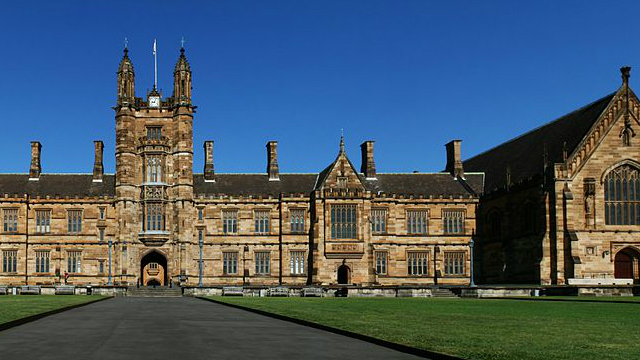
Students from disadvantaged social backgrounds perform worse on average academically than more advantaged students. This study investigated Australia’s top-performing disadvantaged schools in terms of literacy and numeracy results, with the aim of finding any common policies and practices which have led to their success.
Nine top-performing disadvantaged schools were visited by a researcher for this study, involving interviews with school principals and staff, and observations of literacy and numeracy lessons. These schools do not receive more funding than other similarly disadvantaged schools.
Six common themes were found across the nine schools:
- School discipline.
- Direct and explicit instruction.
- Experienced and autonomous school leadership.
- Data-informed practice.
- Teacher collaboration and professional learning.
- Comprehensive early reading instruction.
These six consistent themes indicate how disadvantaged primary schools could potentially improve significantly, without necessarily requiring more taxpayer funding.










